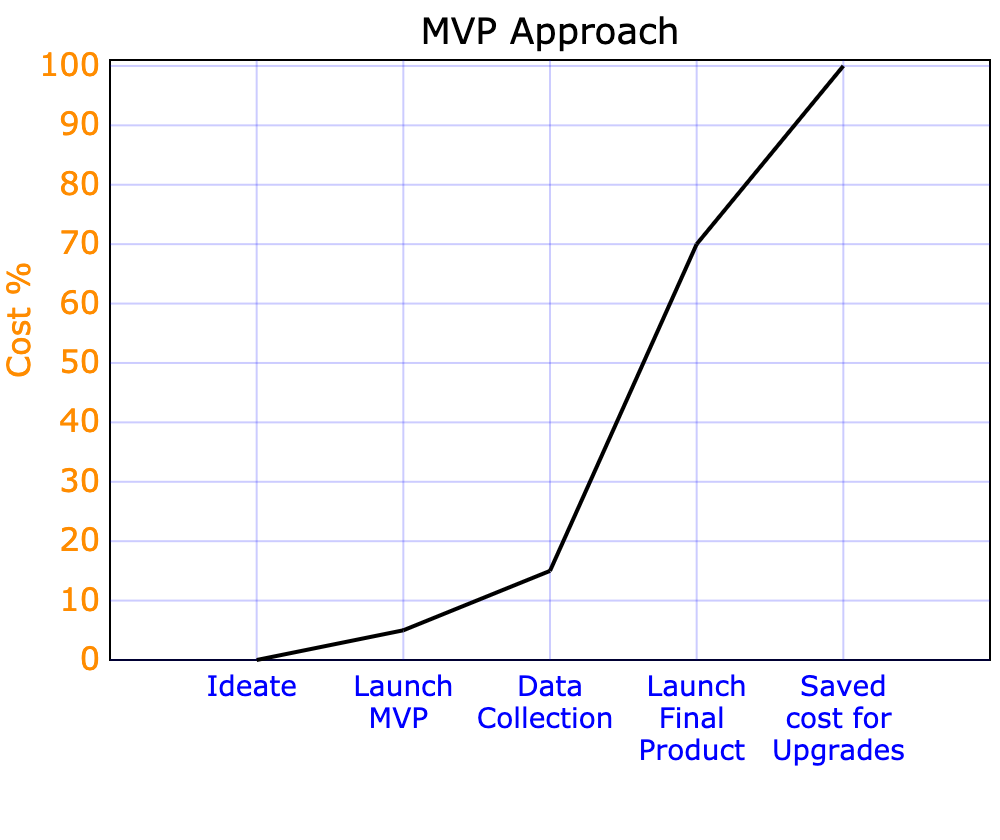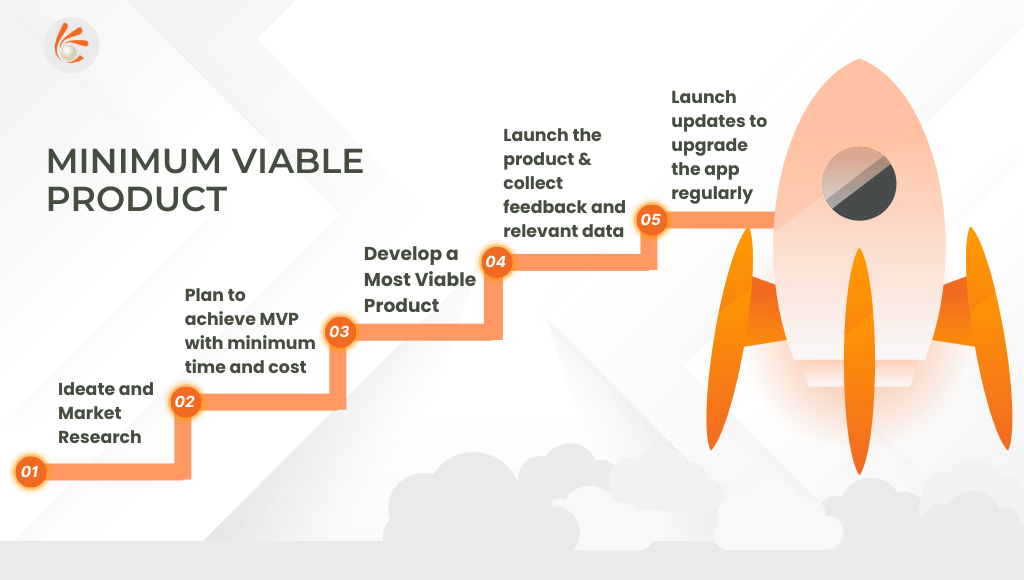
Building AI Agents: The Architecture Guide We Wish We Had
Building AI Agents: The Architecture Guide We Wish We Had Building AI agents turned out to be one of those adventures that started with wide-eyed

Every business starts with an idea. The business is then developed around the idea. The success of the business remains uncertain till the product reaches its final stage and goes out to the market. At this point, in case of a failure it becomes very expensive to conduct research to ascertain the reason for the failure and make the necessary reforms. This is the traditional method of developing a product.
To overcome this uncertainty, developers have come up with an innovative and a more feasible approach called the MVP approach. MVP stands for ‘minimum viable product’, and it is the basic product which consists of only the most important and unique features. The development of this product is relatively inexpensive and takes minimal time, and effort compared to the actual product.
In the MVP approach, once the MVP is developed, research is conducted at every stage to upgrade the product in accordance with market needs or trends. Features are added based on the analytical data collected from the initial users, users’ feedbacks, interviews, etc. This could render either positive or negative results. But, at this point, you have saved a lot of resources compared to the traditional approach. You can now make use of these resources to rectify negative feedback and launch product updates. The cycle of adding new features and improving existing ones continues on till the product is on the market.

In the traditional approach, the majority of the time and cost is consumed before the initial launch. Then, based on the market response, features are revised and faults are rectified. Most of the funds are exhausted by the time the final launch goes through. Typically there are no funds left for upgrades and updates, and the organisation might need to source new funds.

In the MVP Approach, the MVP is developed and launched with minimal cost. Upon launch, real time data and user feedback is collected. Based on this data, the product is further developed and optimized. There is no wastage of funds because the chances of a failure are minimized. Due to this, after the launch of the final product, there are surplus funds still left for launch of new features through upgrades.

Build your minimum viable product with Techpearl for the most efficient and attractive packages. Click here to learn more.
Companies will face many challenges during the product’s lifetime. A mature product manager will be able to handle the changes needed in the product, due to changing market trends and technologies and still be able to keep the product in track.

Building AI Agents: The Architecture Guide We Wish We Had Building AI agents turned out to be one of those adventures that started with wide-eyed

Angular Best Practices for Scalable and High-Performance Applications Introduction Staying current with Angular’s latest features is key to writing efficient, scalable, and maintainable applications. This

Breaking the API Mold: A new era of AI-Driven Customer Journeys In the fast- paced world of financial services, speed, accuracy and scalability are critical.
| Cookie | Duration | Description |
|---|---|---|
| cookielawinfo-checkbox-analytics | 11 months | This cookie is set by GDPR Cookie Consent plugin. The cookie is used to store the user consent for the cookies in the category "Analytics". |
| cookielawinfo-checkbox-functional | 11 months | The cookie is set by GDPR cookie consent to record the user consent for the cookies in the category "Functional". |
| cookielawinfo-checkbox-necessary | 11 months | This cookie is set by GDPR Cookie Consent plugin. The cookies is used to store the user consent for the cookies in the category "Necessary". |
| cookielawinfo-checkbox-others | 11 months | This cookie is set by GDPR Cookie Consent plugin. The cookie is used to store the user consent for the cookies in the category "Other. |
| cookielawinfo-checkbox-performance | 11 months | This cookie is set by GDPR Cookie Consent plugin. The cookie is used to store the user consent for the cookies in the category "Performance". |
| viewed_cookie_policy | 11 months | The cookie is set by the GDPR Cookie Consent plugin and is used to store whether or not user has consented to the use of cookies. It does not store any personal data. |